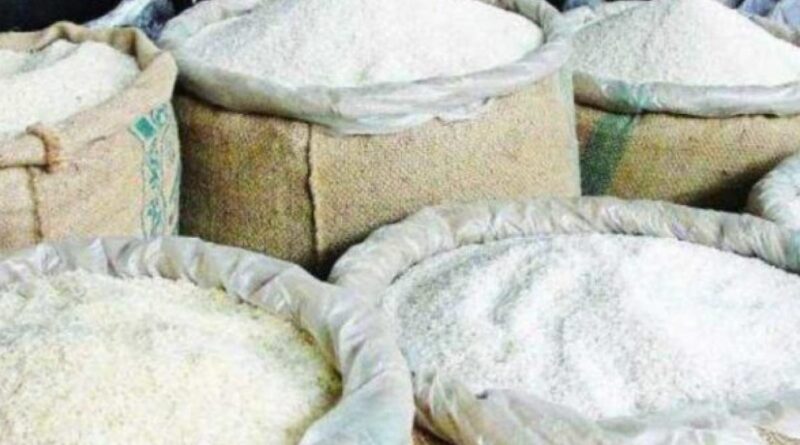86% of Jharkhand’s arable land for paddy cultivation lying fallow due to scanty rainfall
BY PTI
Around 86 per cent of Jharkhand’s arable land, meant for paddy sowing, is still lying fallow due to scanty rainfall, officials said.
Paddy sowing has not yet taken off in four out of 24 districts even though the peak period of sowing ends next week, according to agricultural experts.
Jharkhand has registered a 47 per rainfall deficit till July 26, officials said.
Farmers are worried over the condition and they speculate the state might face drought-like situations for the third consecutive term.
In 2023, 158 blocks in 17 districts were declared drought-hit by the state government, and in 2022, it was 226 blocks.
Paddy crop was sown in only 2.43 lakh hectares against the target of 18 lakh hectares till July 26 or only in 13.53 per cent of the arable land, according to the sowing report of state agriculture department.
Paddy sowing could not be started in Palamu, Latehar, Chatra and Deoghar districts.
The situation of overall kharif crops, which includes maize, pulses, oilseeds and coarse cereals besides paddy, is also not different.
Kharif crops were sown in only 5.59 lakh hectares against the target of 28.27 lakh hectares till July 26 or only in 19.77 per cent of the arable land.
Concerned over rain deficit in Jharkhand, Chief Minister Hemant Soren on July 19 directed officials to prepare a report on its impact on agriculture so that it could be placed before the Centre for seeking assistance.
According to agricultural experts, the ideal sowing period for paddy is from July 1 to July 20 or maximum July 30, according to locations.
With delayed or scanty rainfall in the early months of monsoon in the last few years, farmers nowadays sow crops till mid-August but that does not lead to a good harvest, they said.
Anil Kumar, a farmer from Jharkhand’s Palamu district, said that he could not even prepare his farmland for paddy cultivation due to scanty rainfall.
“I am afraid of facing another drought-like situation at least in Palamu district,” he said.
Birsa Agricultural University (BAU), Ranchi, Director Research P K Singh told PTI, “Rain pattern is shifting so as the sowing pattern. If we study the rain pattern of past five years, we can say the situation is still not alarming. We should wait for eight to ten more days. The last overnight rain has given much relief to the farmers.” Singh, however, suggested farmers to go for direct seeding of rice to deal with the current situation.
Jharkhand has registered a 47 per rainfall deficit till July 26. The state received 240.3 mm of rainfall from June 1 to July 26 against normal rainfall of 455.9 mm during the period.
Ten districts are facing a rainfall deficit of more than 50 per cent, with Pakur recording the highest shortfall at 69 per cent.
The rainfall mark has not reached normal in any district of the state. A deviation of 19 per cent rainfall is considered to be normal, according to weather department.
Ranchi Meteorological Centre has predicted good rain till July 31 in the state, which may reduce the ongoing rainfall gap.
Ranchi Meteorological Centre in-charge Abhishek Anand told PTI, “Jharkhand has been receiving good rainfall for the past one week and we expect it to continue next week. Jharkhand is also likely to receive good rainfall in August and September.” Anand said the monsoon rain pattern is changing in the backdrop of climate change.
“Farmers need to change their farming methods according to rain pattern. They need to go for diversified farming. The state also needs to develop irrigation facilities such as developing canals and small ponds in farming areas,” he said.
Agriculture Department Deputy Director Mukesh Sinha told PTI, “We need to wait till August 15 to reach any conclusion. Farmers here sow paddy till mid-August.” He said that monsoon arrived late this year and it covered entire state by June 28.
“The rainfall was also scanty in early week of July. So, sowing is going partially delayed,” he said.
Sinha said that they have readied contingency plans at district level to deal with any situation.
This article has been republished from The ZeeBusiness.com

